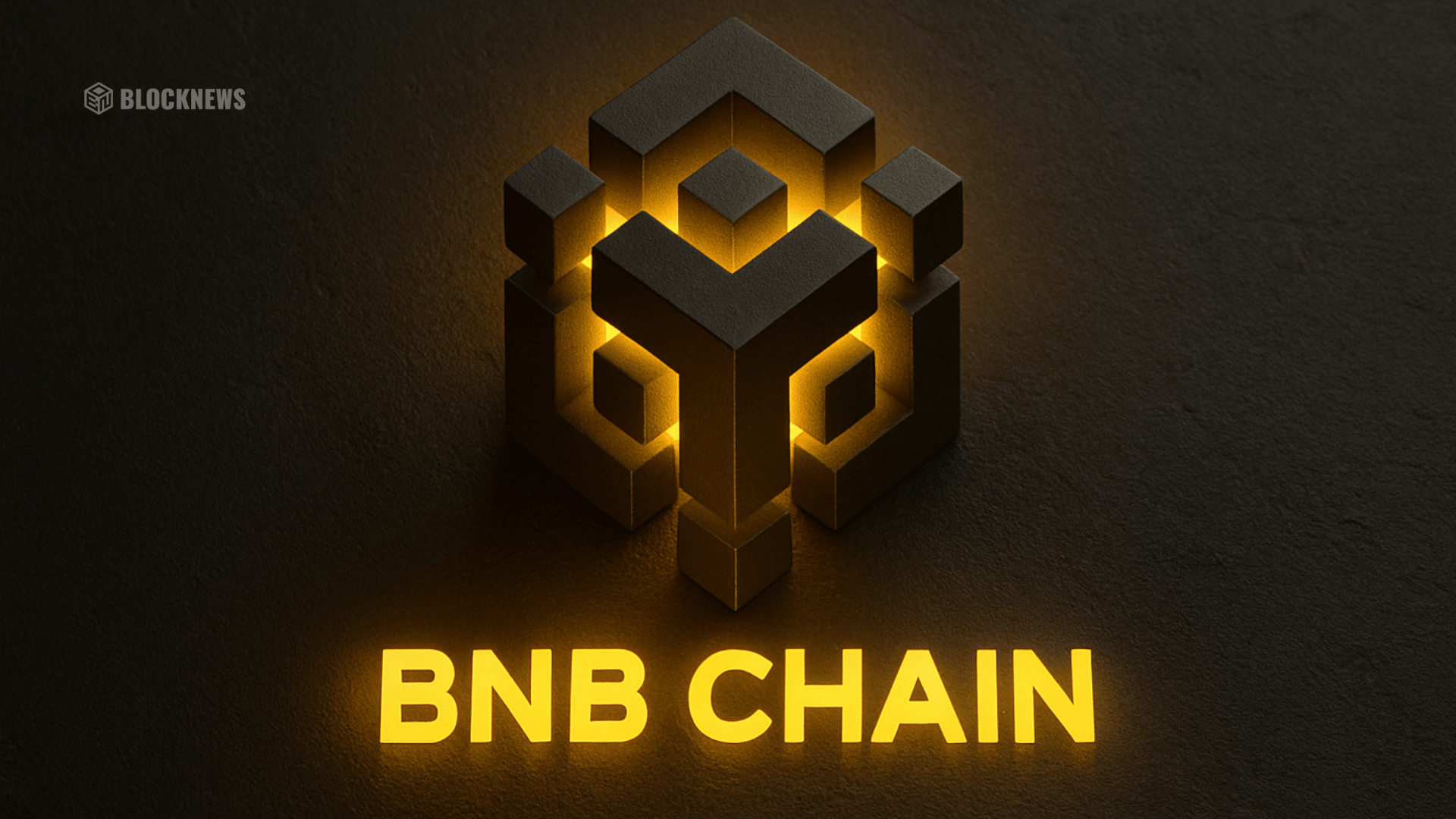BNB Chain Slashes Fees as Aster Ignites Exchange Wars—Here’s What You Need to Know

- BNB Chain validators proposed cutting gas fees to $0.005 and block times to 450ms to compete with Solana and Base.
- Aster DEX overtook HyperLiquid in revenue, pulling $7.2M daily and $29B in trading volume.
- ASTR token surged 37% in 24 hours, while HYPE lost billions in market cap.
BNB Chain is gearing up for its most aggressive fee cut yet. Validators have proposed halving the minimum gas price from 0.1 Gwei to 0.05 Gwei while reducing block times from 750ms to 450ms. If approved, this would drop average transaction costs to just half a cent—making the chain competitive with Solana and Base in the low-fee arms race.
This isn’t the first time fees have been slashed. Back in April 2024, gas was cut from 3 Gwei to 1 Gwei, then trimmed again to 0.1 Gwei in May, shaving off 75% of costs. The new proposal frames near-zero fees as a “core principle” of growth, so long as staking APY stays above 0.5%.
Aster Surpasses HyperLiquid
The timing couldn’t be sharper. On-chain trading activity is exploding, with Aster emerging as the breakout venue. According to DefiLlama, Aster generated $7.2 million in daily revenue over the past 24 hours—more than double HyperLiquid’s $2.79 million. Its trading volume also hit $29.37 billion in perpetual futures, according to CoinMarketCap.
That strength is being echoed in token markets. ASTR surged 37% in a single day, pushing its market cap from just $931 million a week ago to $3.74 billion. By contrast, HYPE has bled billions, falling from nearly $15 billion down to $11.7 billion.
Why Lower Fees Matter Now
Trading already makes up two-thirds of BNB Chain’s activity, up from just 20% at the start of 2025. Cutting costs even further could cement the chain as the go-to hub for high-frequency and retail traders alike. Validators argue that ultra-cheap fees paired with booming DEX volume are the recipe for sustained network growth.
BNB itself dipped slightly—down 1% in the past 24 hours—but it remains firmly above the $1,000 psychological level with $3.8 billion in daily trading volume. For now, the real action is in the DEX wars, where Aster’s rise is rewriting the leaderboard.
The post BNB Chain Slashes Fees as Aster Ignites Exchange Wars—Here’s What You Need to Know first appeared on BlockNews.
BNB Chain Slashes Fees as Aster Ignites Exchange Wars—Here’s What You Need to Know

- BNB Chain validators proposed cutting gas fees to $0.005 and block times to 450ms to compete with Solana and Base.
- Aster DEX overtook HyperLiquid in revenue, pulling $7.2M daily and $29B in trading volume.
- ASTR token surged 37% in 24 hours, while HYPE lost billions in market cap.
BNB Chain is gearing up for its most aggressive fee cut yet. Validators have proposed halving the minimum gas price from 0.1 Gwei to 0.05 Gwei while reducing block times from 750ms to 450ms. If approved, this would drop average transaction costs to just half a cent—making the chain competitive with Solana and Base in the low-fee arms race.
This isn’t the first time fees have been slashed. Back in April 2024, gas was cut from 3 Gwei to 1 Gwei, then trimmed again to 0.1 Gwei in May, shaving off 75% of costs. The new proposal frames near-zero fees as a “core principle” of growth, so long as staking APY stays above 0.5%.
Aster Surpasses HyperLiquid
The timing couldn’t be sharper. On-chain trading activity is exploding, with Aster emerging as the breakout venue. According to DefiLlama, Aster generated $7.2 million in daily revenue over the past 24 hours—more than double HyperLiquid’s $2.79 million. Its trading volume also hit $29.37 billion in perpetual futures, according to CoinMarketCap.
That strength is being echoed in token markets. ASTR surged 37% in a single day, pushing its market cap from just $931 million a week ago to $3.74 billion. By contrast, HYPE has bled billions, falling from nearly $15 billion down to $11.7 billion.
Why Lower Fees Matter Now
Trading already makes up two-thirds of BNB Chain’s activity, up from just 20% at the start of 2025. Cutting costs even further could cement the chain as the go-to hub for high-frequency and retail traders alike. Validators argue that ultra-cheap fees paired with booming DEX volume are the recipe for sustained network growth.
BNB itself dipped slightly—down 1% in the past 24 hours—but it remains firmly above the $1,000 psychological level with $3.8 billion in daily trading volume. For now, the real action is in the DEX wars, where Aster’s rise is rewriting the leaderboard.
The post BNB Chain Slashes Fees as Aster Ignites Exchange Wars—Here’s What You Need to Know first appeared on BlockNews.

